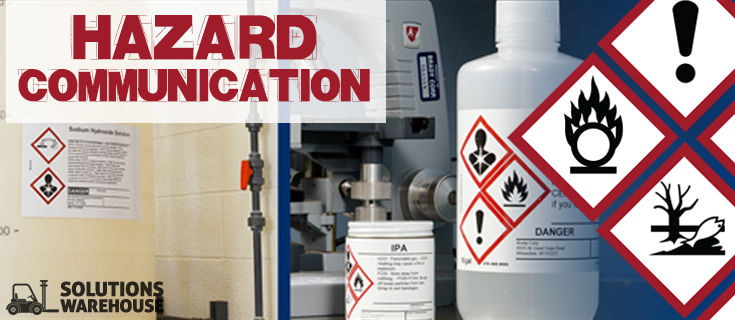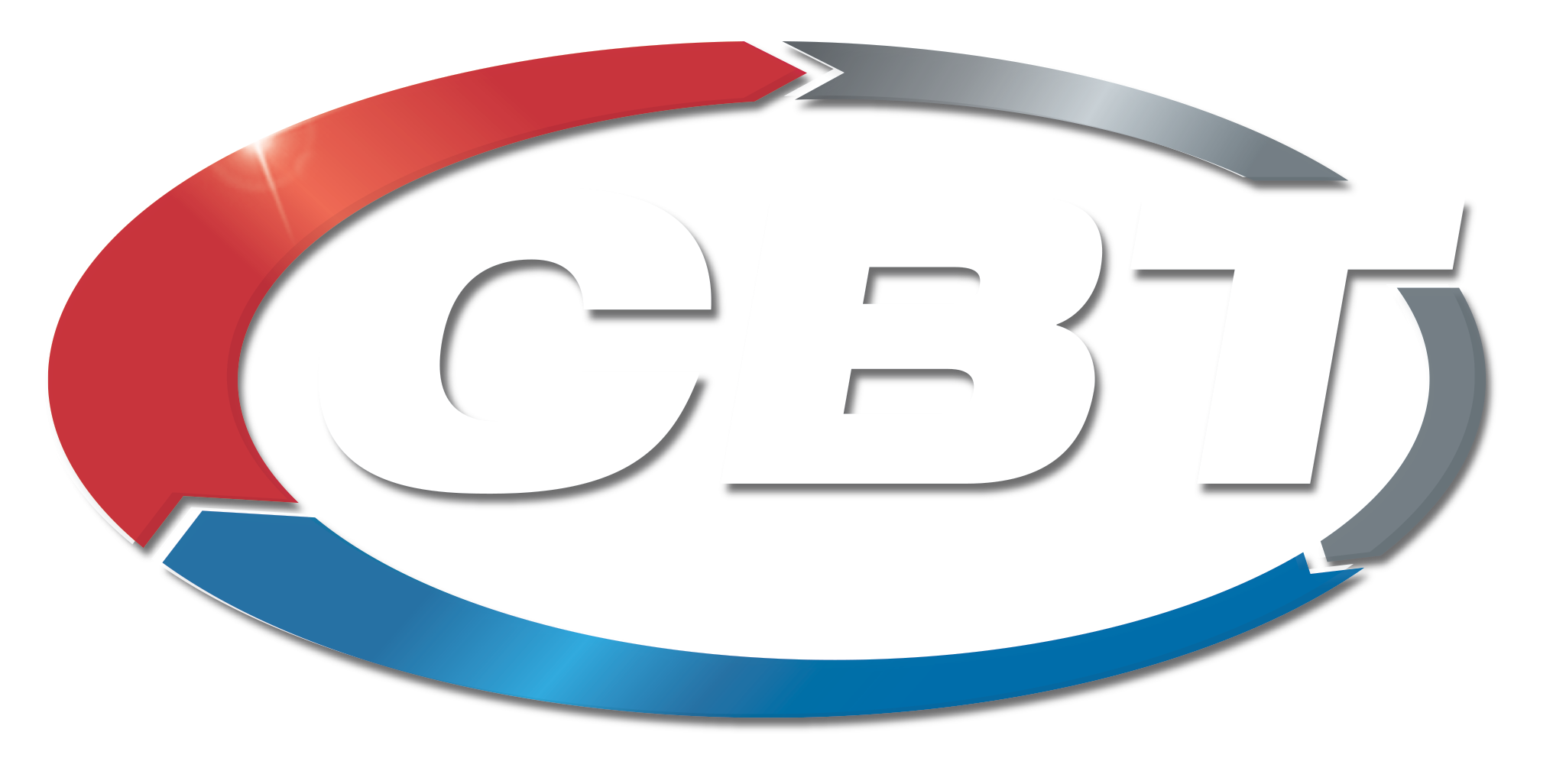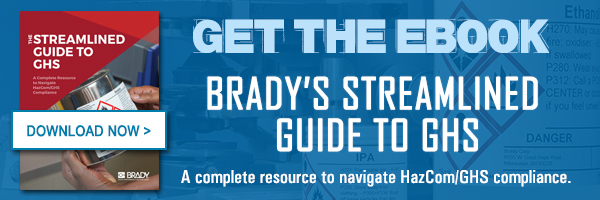 In 2012, OSHA adopted the Globally Harmonized System (GHS) of classification labeling of chemicals into its Hazard Communication Standard (HCS 2012). This standard aims to keep your employees safe by making it easy for workers to identify potentially hazardous chemicals and the risks associated with those chemicals. Each year, employers struggle to comply with this standard and are cited by OSHA for a violation. In fiscal year 2014, Hazard Communication was the second most frequently sited violation, with 6,148 total violations. The top sections cited included:
In 2012, OSHA adopted the Globally Harmonized System (GHS) of classification labeling of chemicals into its Hazard Communication Standard (HCS 2012). This standard aims to keep your employees safe by making it easy for workers to identify potentially hazardous chemicals and the risks associated with those chemicals. Each year, employers struggle to comply with this standard and are cited by OSHA for a violation. In fiscal year 2014, Hazard Communication was the second most frequently sited violation, with 6,148 total violations. The top sections cited included:
- Employee information and training
- Developing, implementing, and maintaining a written hazard communication program
- Developing and maintaining Safety Data Sheets (SDS)
- Labels on shipped containers
- Employee training on new label elements and SDS format by December 1, 2013
GHS Deadlines to Know
OSHA established a schedule of deadlines to help employers implement HCS 2012. Be prepared with CBT partner Brady’s checklist of steps to complete for each GHS compliance deadline. December 1, 2013 Employers must train employees on the new label elements and SDS format.
- Schedule and document periodic re-training on pictograms, labels, and SDSs
- Post GHS signs, posters, and hand out wallet cards
- Be able to demonstrate that workers clearly understand the hazards associated with each chemical they’re exposed to along with the practice measures they should take
- Separate SDS and Material Safety Data Sheet (MSDS) binders and sheets as part of the management system. to help you create secondary container labels with SDS information and determine which chemicals haven’t been updated
June 1, 2015 Chemical manufacturers and importers must reclassify chemicals and send chemicals with SDSs and labels in GHS format.
- Identify secondary container labeling needs and procedures
- Purchase GHS labeling equipment and supplies
- Implement labeling procedures (create your own labels or order preprinted versions) based on new SDSs
- Archive old MSDSs for determined amount of time
- Re-train employees on GHS as well as your existing hazard communication system until full conversion to GHS is complete
December 1, 2015 Distributors must send only chemicals with updated labels and SDSs.
- Update your chemical database as new SDSs are received
- Review and ensure all MSDSs for any chemicals received after December 1, 2015, have been converted to SDS format
- Notify and document your communications with suppliers who have not provided new SDS information
- Audit all containers for compliance with updated regulations
Reasonable Diligence and Good Faith Efforts
OSHA issued a memorandum in February 2015 to help manufacturers and importers comply with the June 1, 2015 deadline. This memorandum helps you avoid a costly citation for failing to comply with the deadline as long as you exercise “reasonable diligence and good faith.” You need to demonstrate your attempts to obtain the necessary SDSs through a documented dialogue of communication with your upstream supplier, find hazard information from alternative sources (chemical registries), and/or classify the data yourself in order to establish a reasonable diligence and good faith effort. If you have demonstrated reasonable diligence and good faith efforts for each chemical, you will not be cited for using HCS 1994-compliant labels on containers packaged for shipment.
Interim Guidance
OSHA issued a second memorandum on May 29, 2015, to provide interim guidance on today’s deadline. OSHA offers guidance for manufacturers and importers of hazardous chemicals, guidance for businesses that repackage, blend, or mix hazardous chemicals, and guidance for distributors of hazardous chemicals in the memorandum. The memorandum also states that for each hazardous chemical shipped after today that does not comply with HCS 2012, a safety official will evaluate whether you have:
- Developed and documented the process you used to gather the necessary classification information from your upstream suppliers and the current status of these efforts
- Developed and documented efforts to find hazard information from alternative sources (chemical registries)
- Provided a written account of your continued communications with upstream suppliers, including dated copies of all relevant communications
- Provided a written account of continued communications with your distributors, including dated copies of all relevant communications with distributors informing them why you have been unable to comply with HCS 2012
- Developed the course of action you will follow to make the necessary changes to SDSs and labels once the information is available
Although all factors will be evaluated, any combination of these efforts may be considered reasonably diligent and made in good faith.
Need help getting started?
Contact us today to talk to a specialist about ensuring you hazard communication program is up to date.













